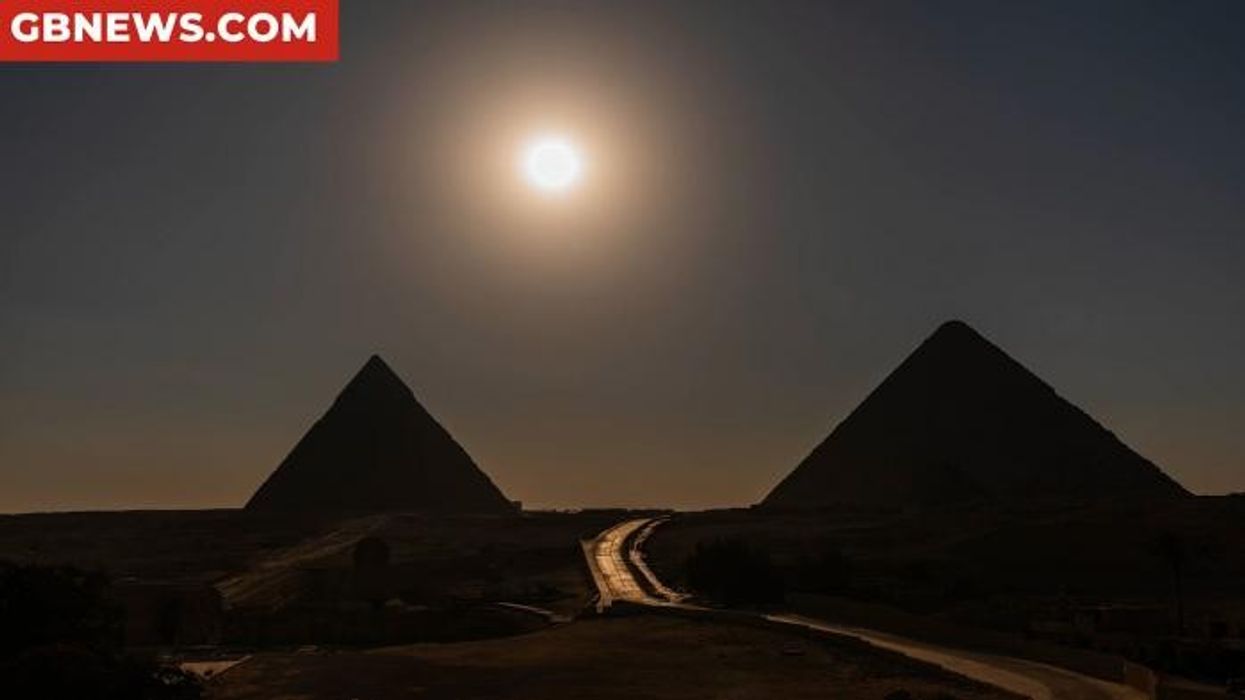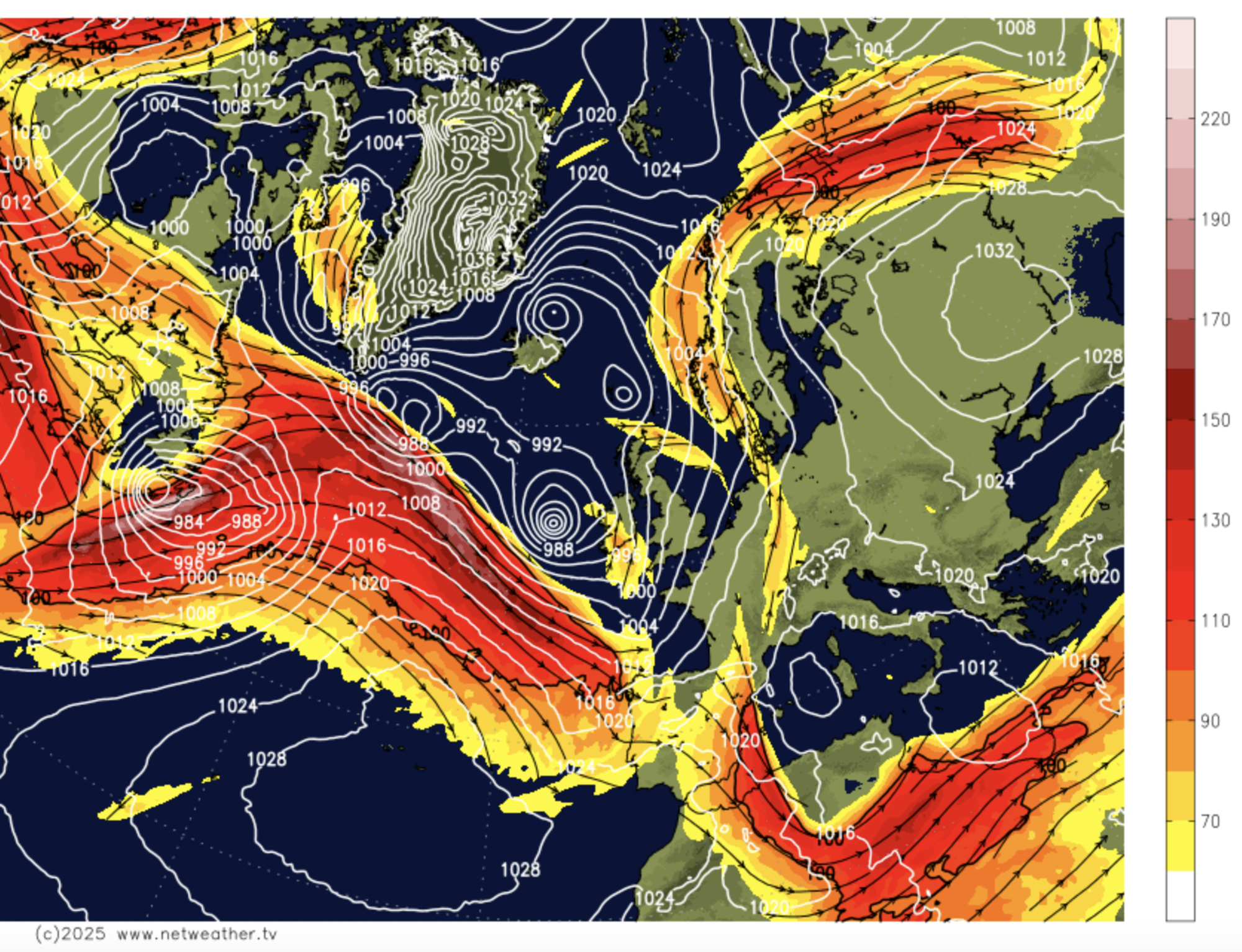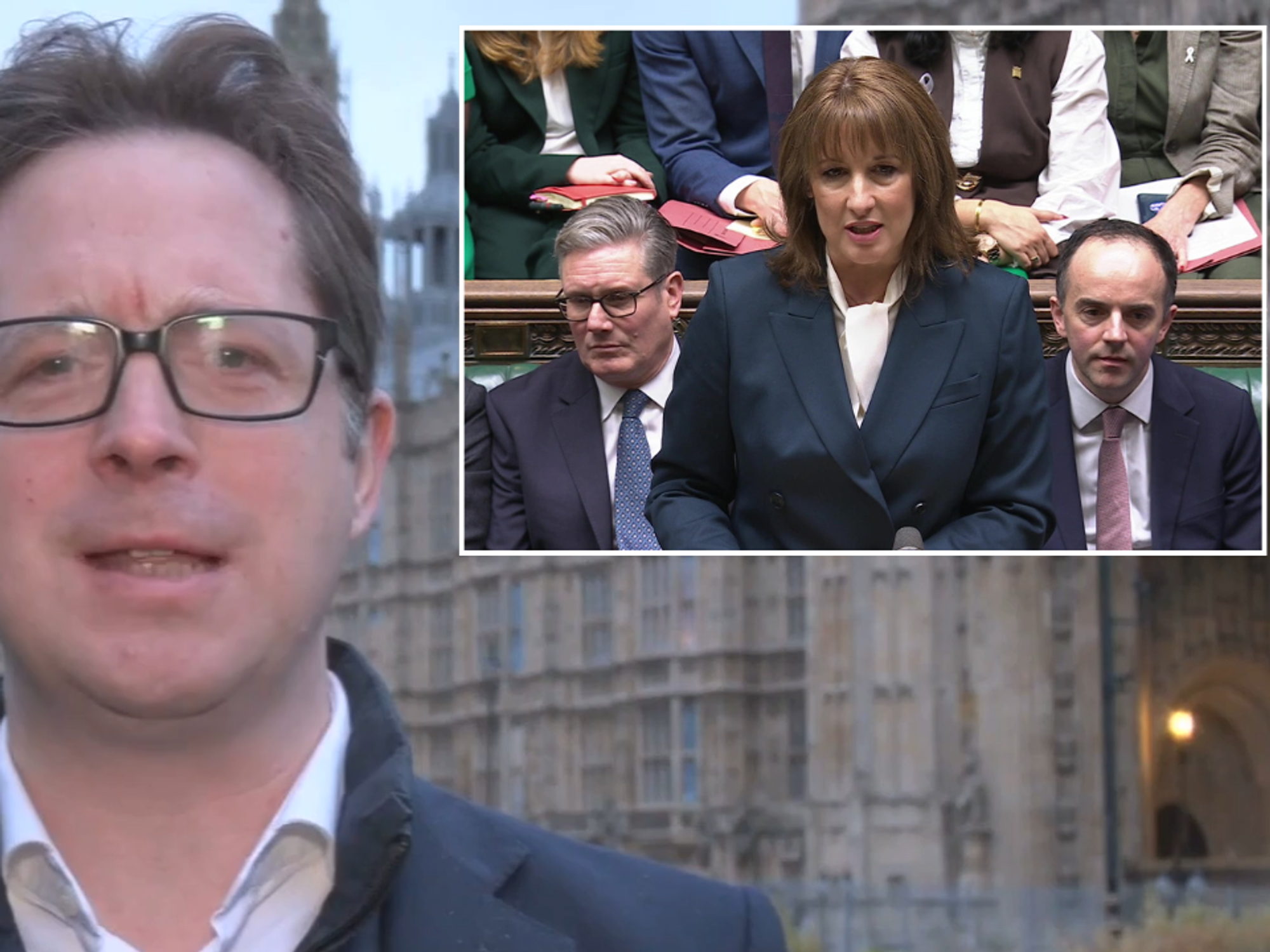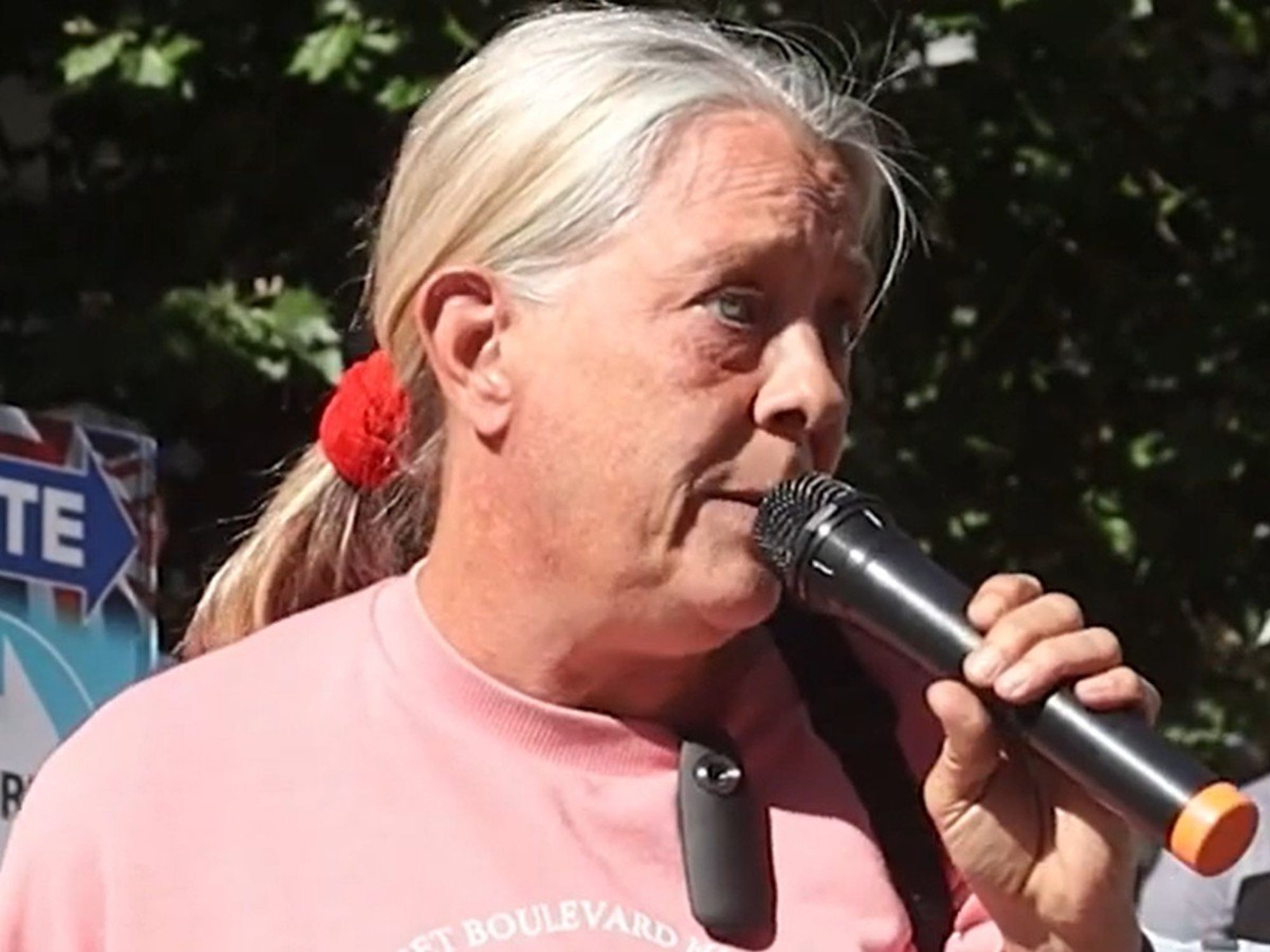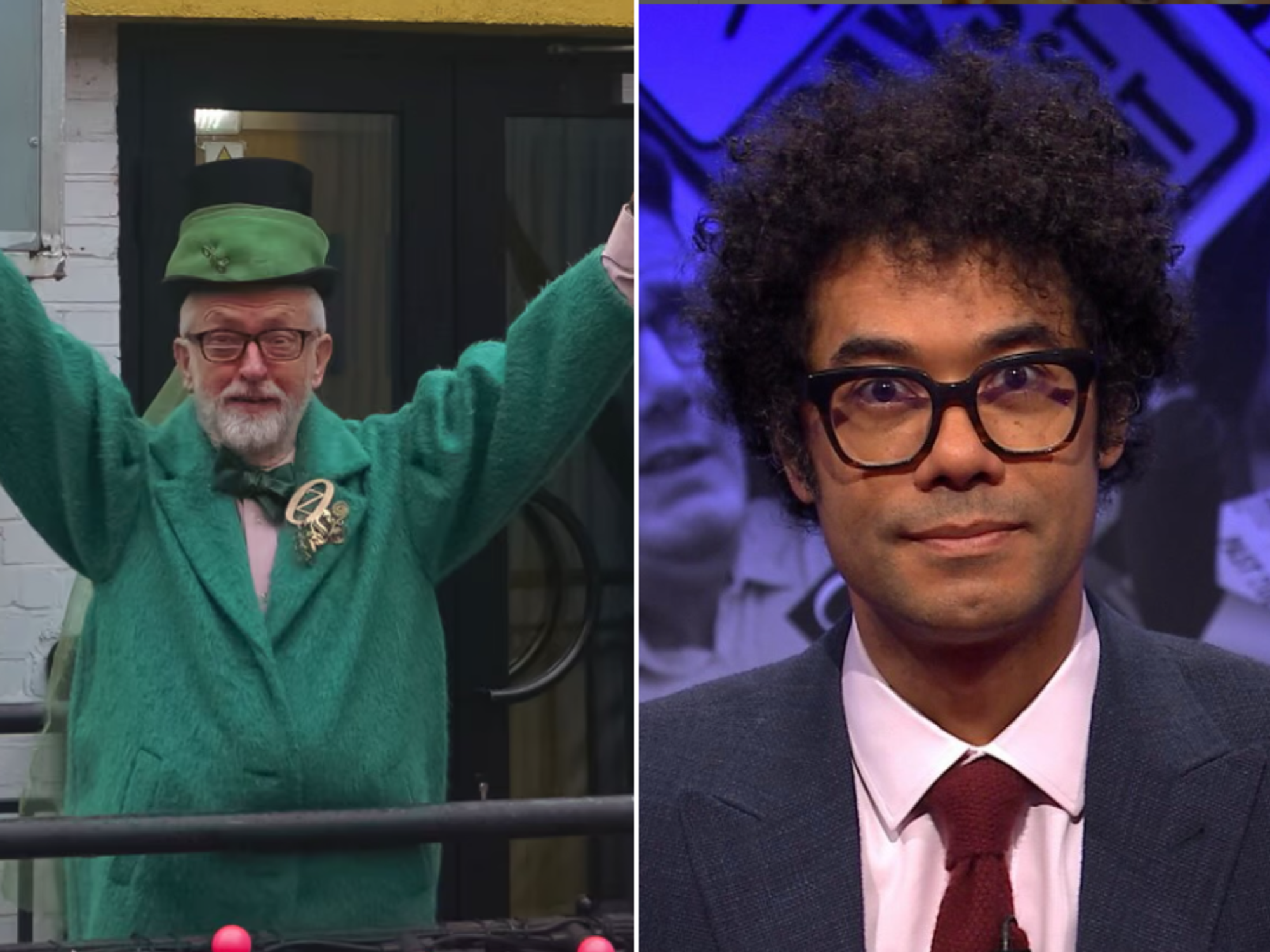Archaeology breakthrough as evidence of sacrificial ‘trophy body parts' unearthed in Europe's earliest victory rites
The research has been conducted at Oxford University
Don't Miss
Most Read
Latest
Archaeologists have uncovered evidence of sacrificial "trophy body parts" in what is believed to be one of Europe's earliest victory rites.
Oxford archaeologists uncovered the artefacts that prehistoric French societies engaged with in systematic torture and mutilation of their adversaries as calculated displays of power between 4300 and 4150 BCE.
Researchers from the University's School of Archaeology employed advanced isotopic techniques to examine human remains discovered in burial sites across northeastern France.
**ARE YOU READING THIS ON OUR APP? DOWNLOAD NOW FOR THE BEST GB NEWS EXPERIENCE**
Their analysis indicates these violent acts served as theatrical demonstrations meant to disgrace defeated foes while reinforcing communal solidarity.
The investigation reveals these killings transcended simple combat casualties, representing instead carefully orchestrated ceremonies following military victories during the Neolithic era.
Advanced isotopic examination of human remains from burial sites in Alsace has exposed evidence of extreme brutality inflicted upon victims.
The deceased exhibited indicators of excessive violence far beyond what would be necessary to cause death, alongside discoveries of separated left arms stored in burial pits.
LATEST DEVELOPMENTS
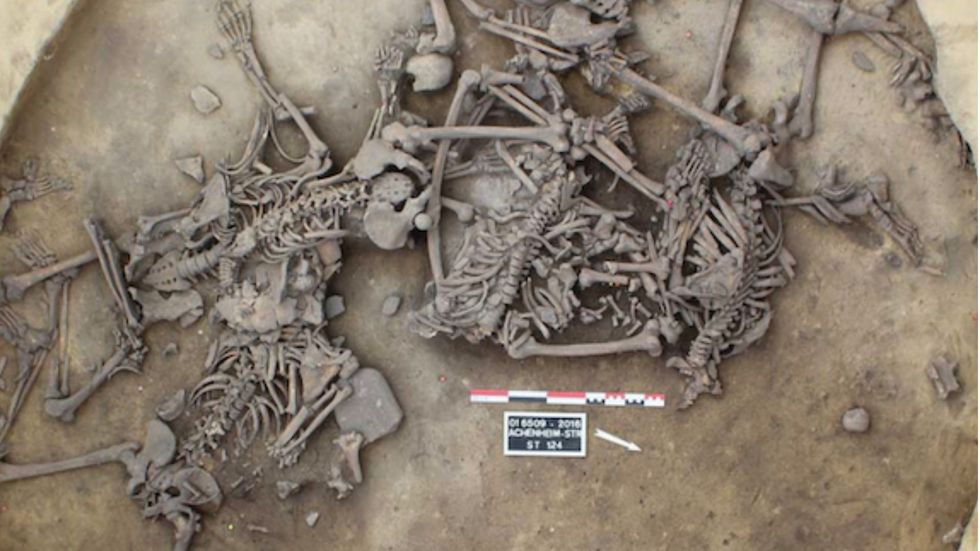
Researchers used advanced isotopic techniques
|Oxford University
Chemical analysis of bones and teeth showed these individuals possessed distinct dietary habits and experienced greater physical strain and movement patterns compared to locals who received standard burials.
This scientific evidence indicates the victims originated from communities outside the immediate area, marking them as foreigners subjected to these violent practices.
Scientists identified a hierarchical system within these violent ceremonies, distinguishing between different categories of victims based on their origins.
Warriors from nearby territories who perished in combat had their arms removed and transported back as war prizes, whilst prisoners captured from distant regions faced public torture and execution.
The isotopic evidence revealed that dismembered body parts originated from individuals with local chemical signatures, whereas complete corpses showing signs of extreme violence belonged to people from faraway locations.
This pattern indicates the existence of distinct ceremonial protocols, with researchers interpreting these executions as a type of prehistoric political performance designed to demonstrate supremacy.
Professor Schulting said: "These findings speak to a deeply embedded social practice - one that used violence not just as warfare, but as spectacle, memory, and assertion of dominance."
The groundbreaking research appears in Science Advances under the title 'Multi-isotope biographies and identities of victims of martial victory celebrations in Neolithic Europe'.
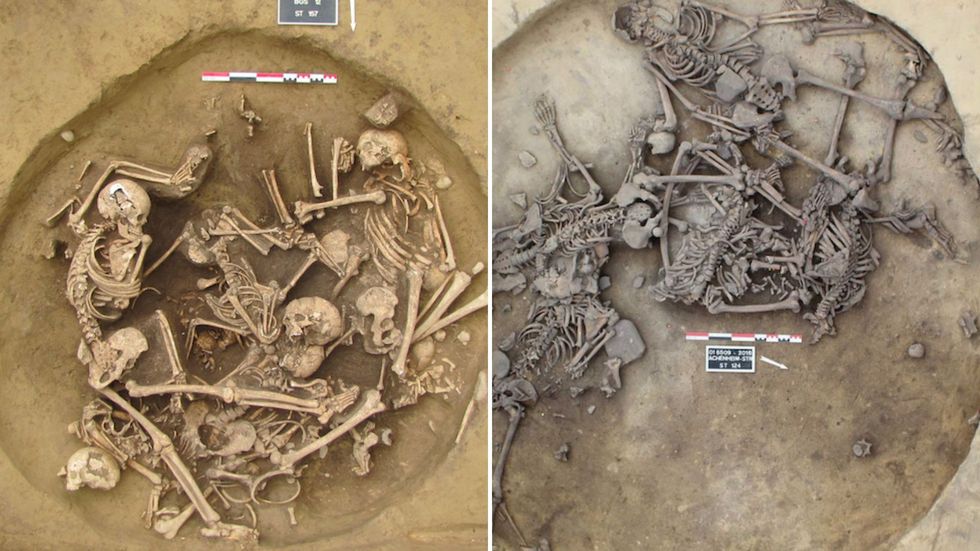
Scientists identified a hierarchical system within these violent ceremonies
|Oxford University
Dr Teresa Fernández-Crespo from the University of Valladolid, who serves as Research Associate at Oxford's School of Archaeology, spearheaded the investigation alongside Professor Rick Schulting.
Financial support came through a Marie Skłodowska-Curie Actions individual grant from the European Union's Horizon 2020 research and innovation programme, which was granted to Dr Fernández-Crespo.
In other archaeological news, a British boy who thought he had found a shark tooth has helped archaeologists uncover an ancient burial site.
Arthur Emonson, seven, discovered the object after visiting Lizard Point in Cornwall before showing it to a National Trust volunteer at the site.


